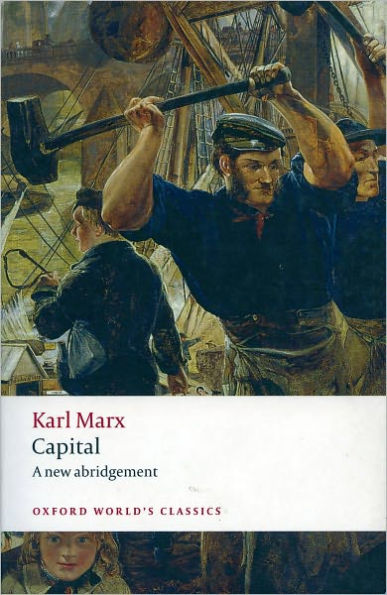A classic of early modernism, Capital combines vivid historical detail with economic analysis to produce a bitter denunciation of mid-Victorian capitalist society. It has proved to be the most influential work in twentieth-century social science; Marx did for social science what Darwin had done for biology. This is the only abridged edition to take into account the whole of Capital. It offers virtually all of Volume 1, which Marx himself published in 1867; excerpts from a new translation of "The Result of the Immediate Process Production"; and a selection of key chapters from Volume
3, which Engels published in 1895.
About the Series: For over 100 years Oxford World's Classics has made available the broadest spectrum of literature from around the globe. Each affordable volume reflects Oxford's commitment to scholarship, providing the most accurate text plus a wealth of other valuable features, including expert introductions by leading authorities, voluminous notes to clarify the text, up-to-date bibliographies for further study, and much more.



